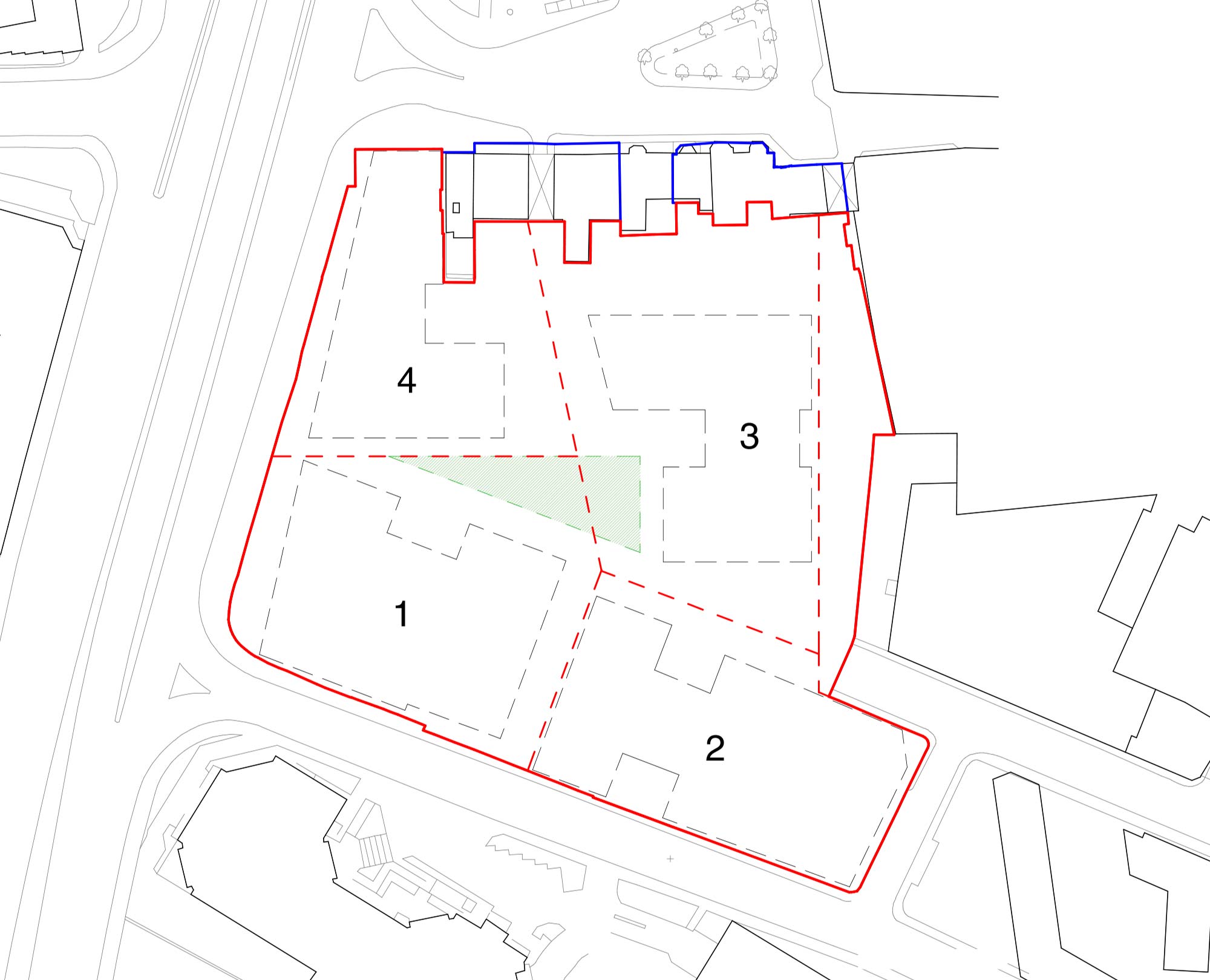Sustainable design
Sustainable design that is fit for the future and helps us achieve Net Zero by 2030
The Bristol economy needs investment in new, more sustainable office space to meet the changing needs of modern business occupiers and respond to the lifestyle preferences of their employees.
The way we use office space has changed radically in recent years (influenced by businesses needing to rationalise costs and workers wanting to re-calibrate their work-life balance). However, research clearly indicates that the new generation of young workers wants to build their careers in a high quality, amenity-rich, environmentally friendly office-based environment. Business demand for new employment space is responding accordingly.
RLAMP aspires to be an industry leading force in sustainable property investment and is targeting to achieve Net Zero Carbon by 2030 for its directly managed property assets and developments.
Our aim is that Distillery will be recognised as an exemplar of sustainability, having met the highest possible standards in eight key aspects: energy, materials, waste, water, climate resilience, biodiversity, health and safety, and wellbeing and community.
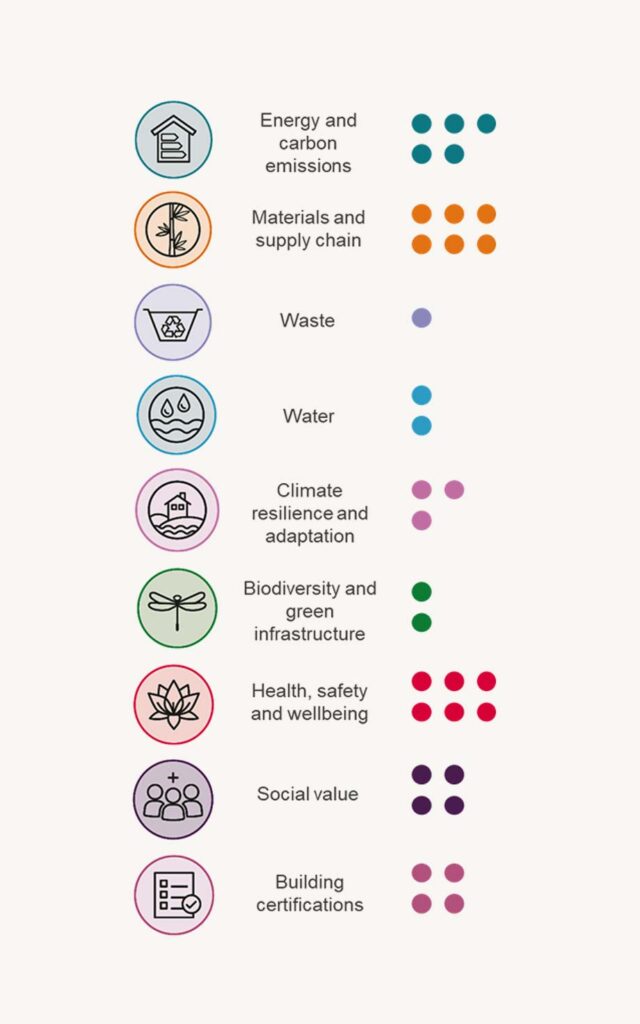
Sustainable construction
Energy, NZC, Biodiversity and more
RLAMP’s sustainable and environmental targets include:
- EPC ‘A’ rating – the highest rating for energy efficiency
- BREEAM ‘Outstanding’ – the highest rating for sustainability in construction and use
- Exemplar WELL and Fitwell ratings – indicating an extremely healthy working environment
- NZC Pathway for both embodied and operational carbon – in line with UKGBC Framework
- 10% biodiversity net gain
- Use of renewable energy on-site (such as solar photovoltaic (PV) panels)
- Connection to the Bristol Heat Network
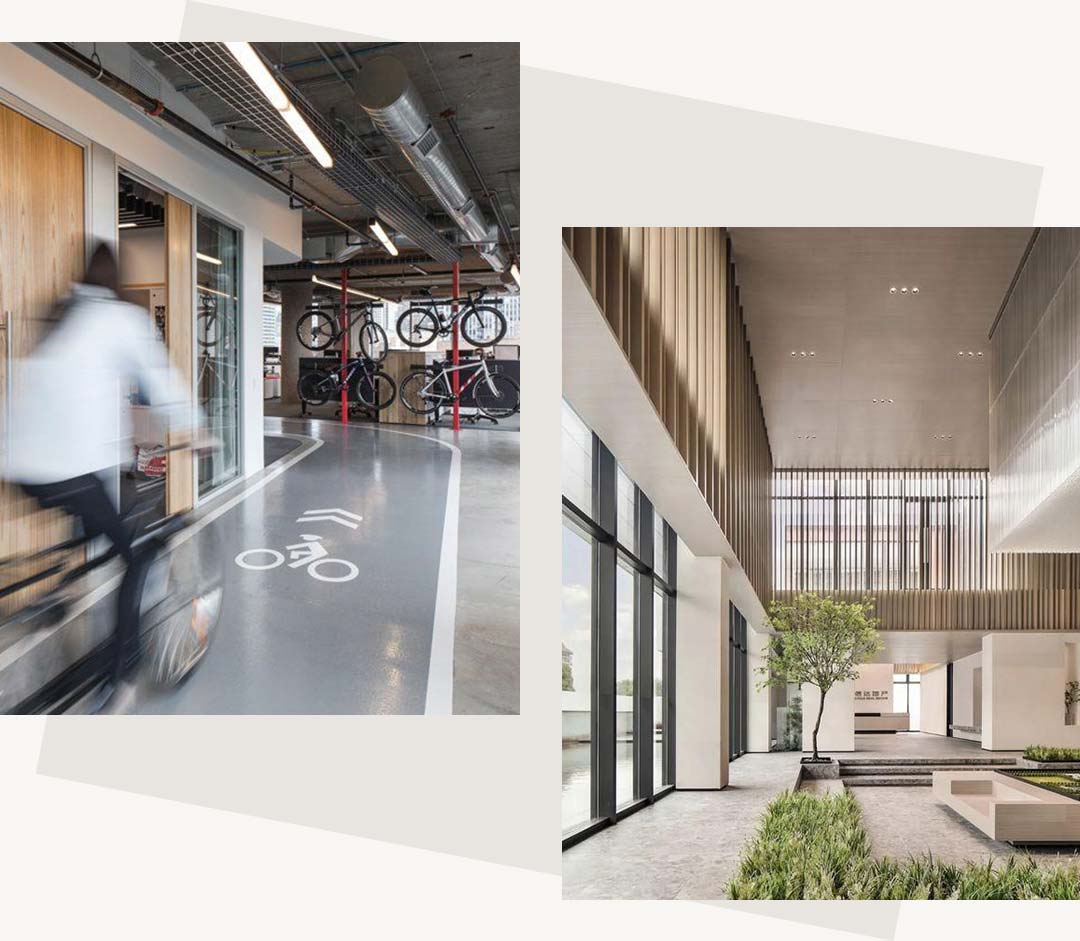
Sustainable open spaces
Tranquil urban park at the heart of the Distillery business district
Since completing the 2015 masterplan, we have evolved the project designs to respond to the new world of work and give greater priority to the environment. The now submitted 2024 masterplan will deliver a large new urban park in the centre of the site, designed as a calm, welcoming space for the local community, resident workers and those passing through the area.
To offer a sense of scale, the new development at Distillery will be around half of the size of Berkeley Square near Bristol’s Park Street.
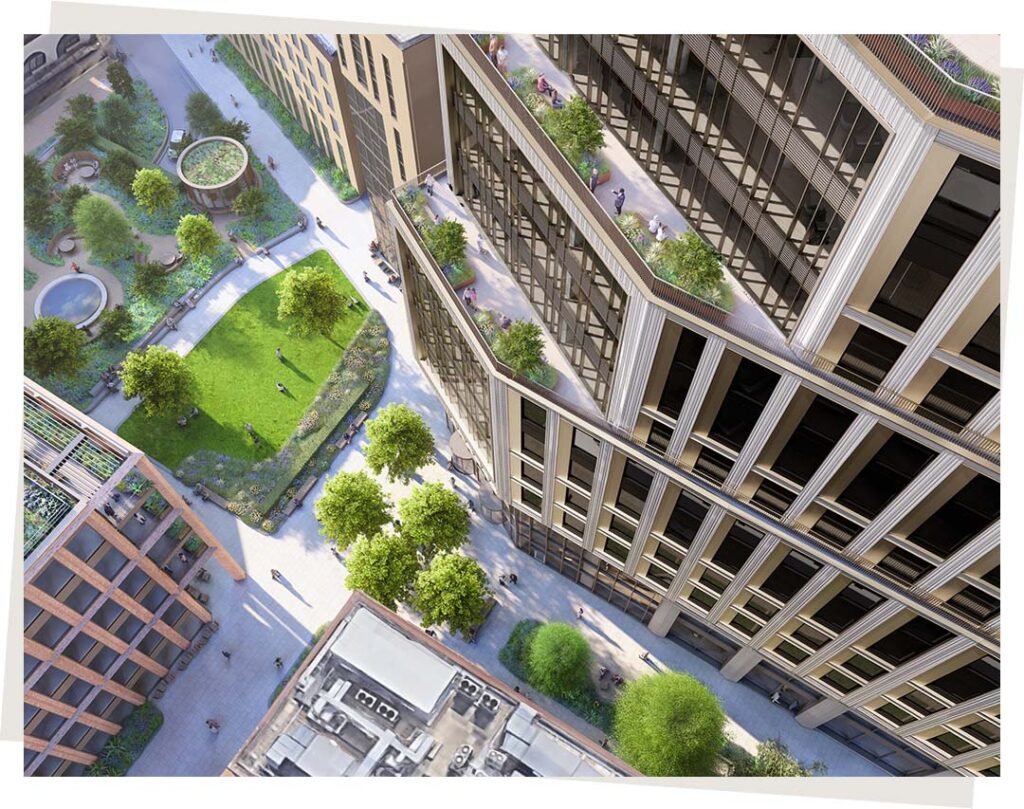
A comparison of the previous 2015 masterplan versus the current 2024 masterplan
Community wellbeing
Welcoming spaces for all
Our key aspiration is to create calm, welcoming and safe spaces for the enjoyment of all by:
- Prioritising walking, providing footpaths to connect the site with surrounding areas, therefore discouraging fast cycling and e-scooters.
- Supporting a leisure-based retail business (café/ restaurant) by bringing people into the area.
- Establishing new planting including semi-mature new trees to offer variety, colour and biodiversity through the seasons.
- Providing seating in tranquil spots and an open area of lawn for socialising in the summer.
- Creating potential opportunities for public art.
- Designing out anti-social behaviour (rough-sleeping, crime and outdoor drinking).
Our engagement with the local community told us that planting and providing space for people to sit, relax and meet are important priorities. We want to create a calm, tranquil environment which is well lit, accessible and safe for office workers and people passing through the area.

Internal ground floor spaces
Creating mixed-use spaces
We are also working with local communities to explore how some of the ground floor spaces could be used. We aim to deliver a variety of different size spaces to encourage a mix of potential uses.
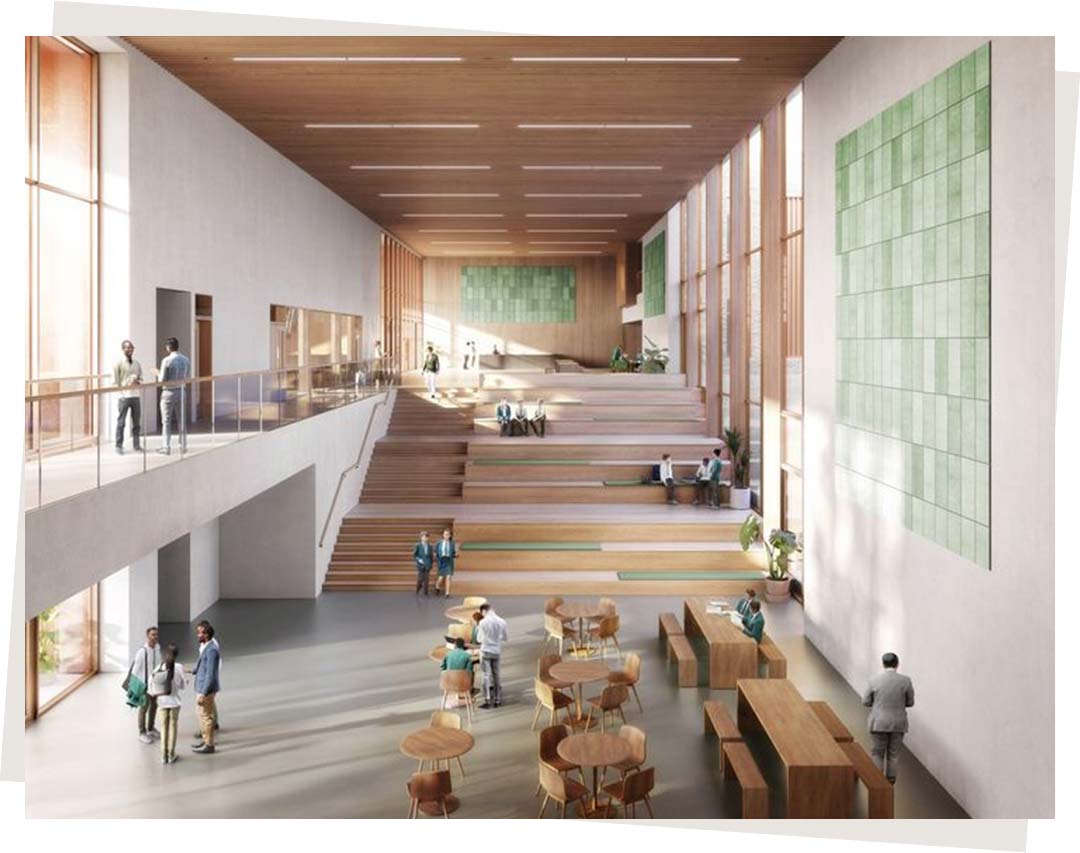
Working with communities
Positive social impact
RLAMP has owned and developed property in Bristol for many years. We are working with local communities and other stakeholders to understand how what we develop here could maximise benefit for the city by creating a positive social impact.
Our approach to social impact is flexible to what works best. The diagram below gives an idea of the process we will adopt.

Social impact needs analysis
We have identified local needs through researching demographic data and our experiences in the city.
Working with the community
We are working with local communities to understand if our research is right and what initiatives and design decisions we can make to respond.
Social impact strategy
We will encapsulate this in a social impact strategy to submit with the planning application. It will detail what we’ve found out and what we’re committing to do.

